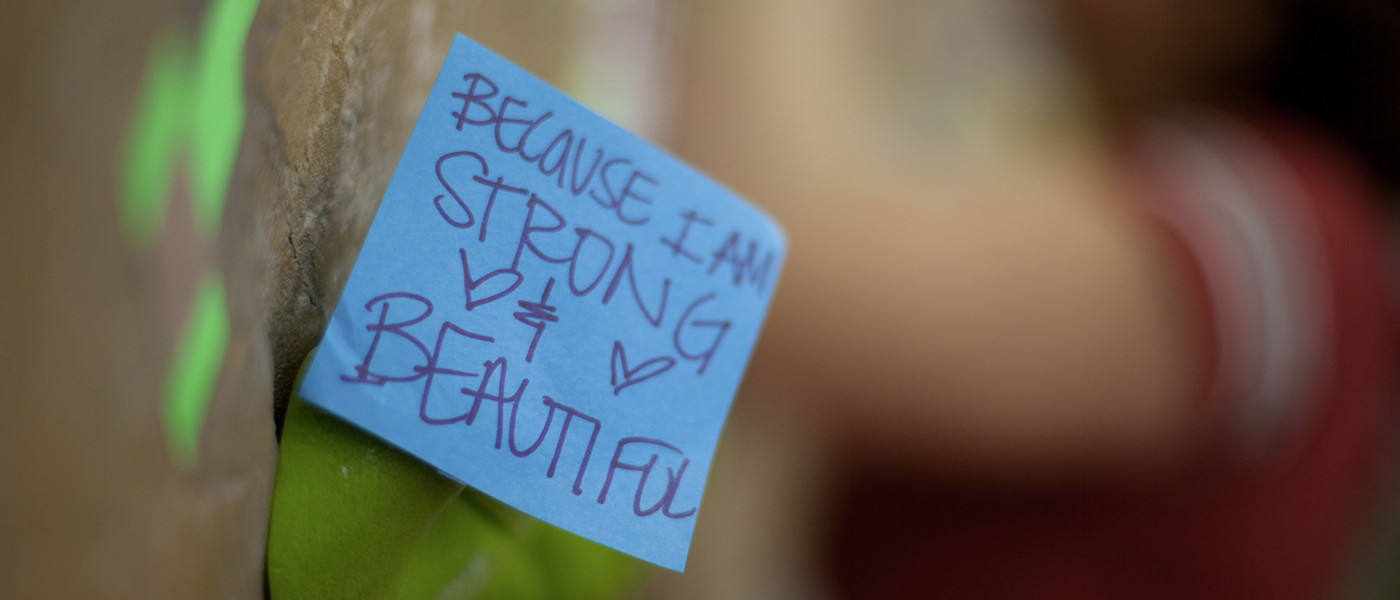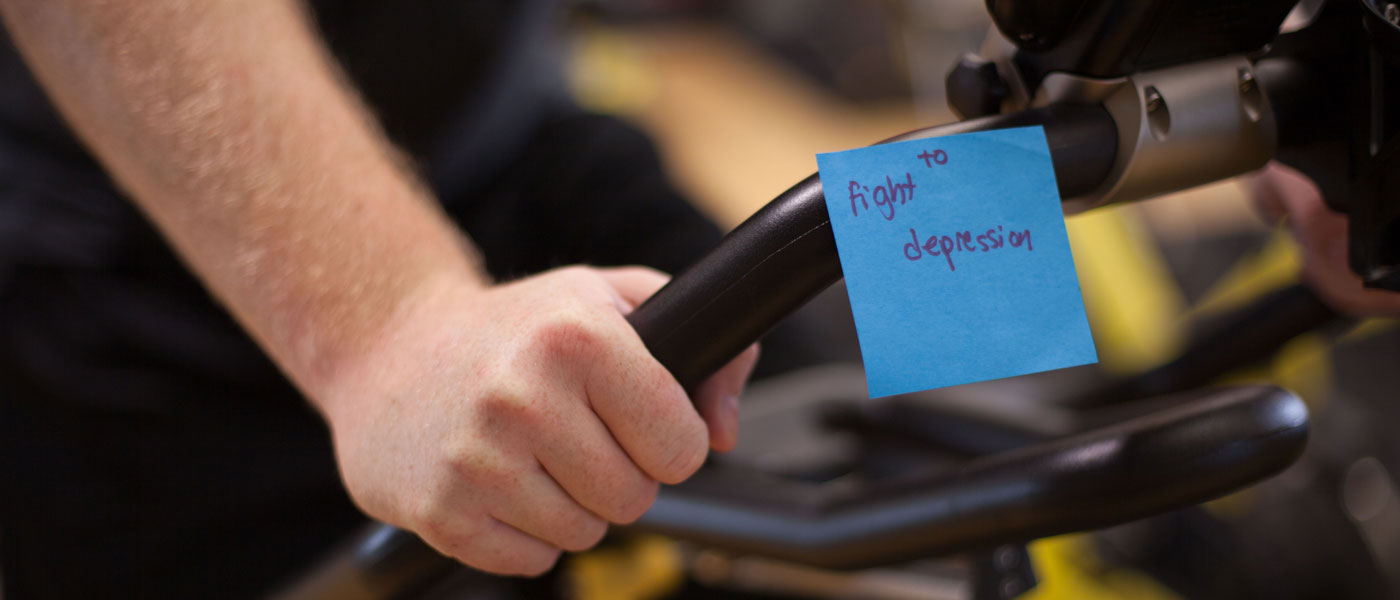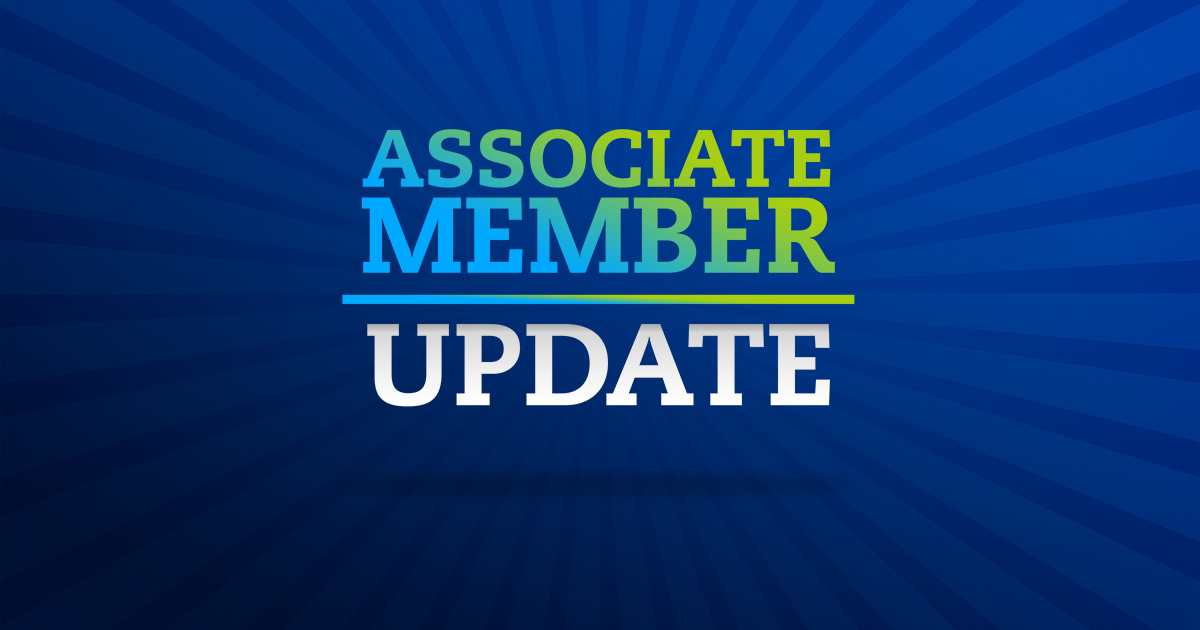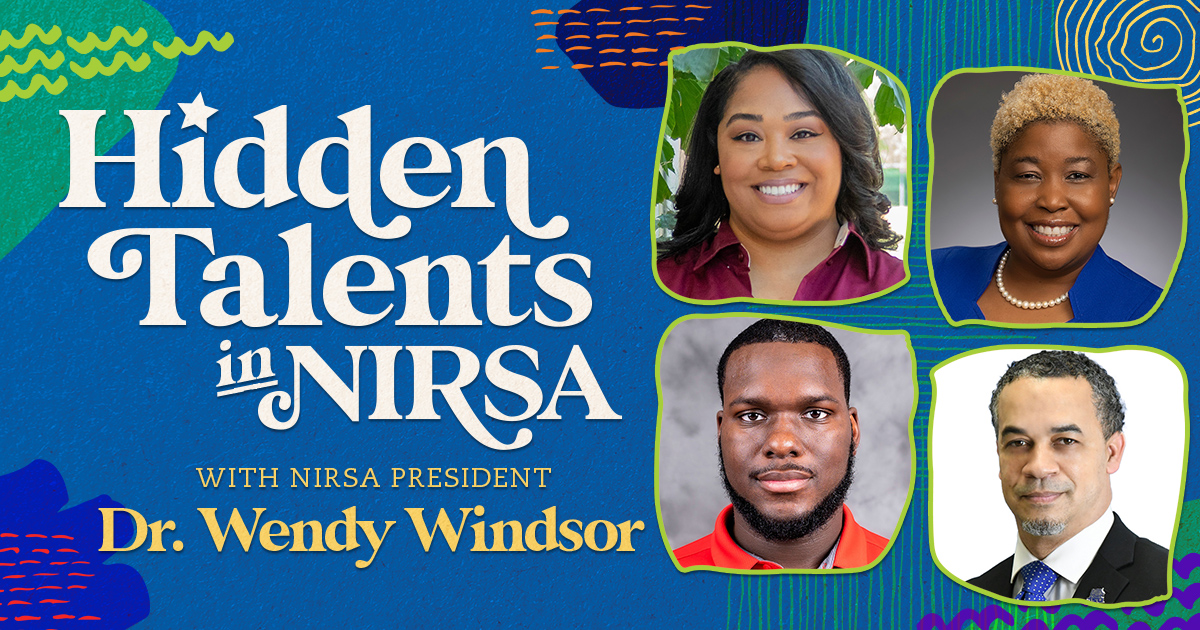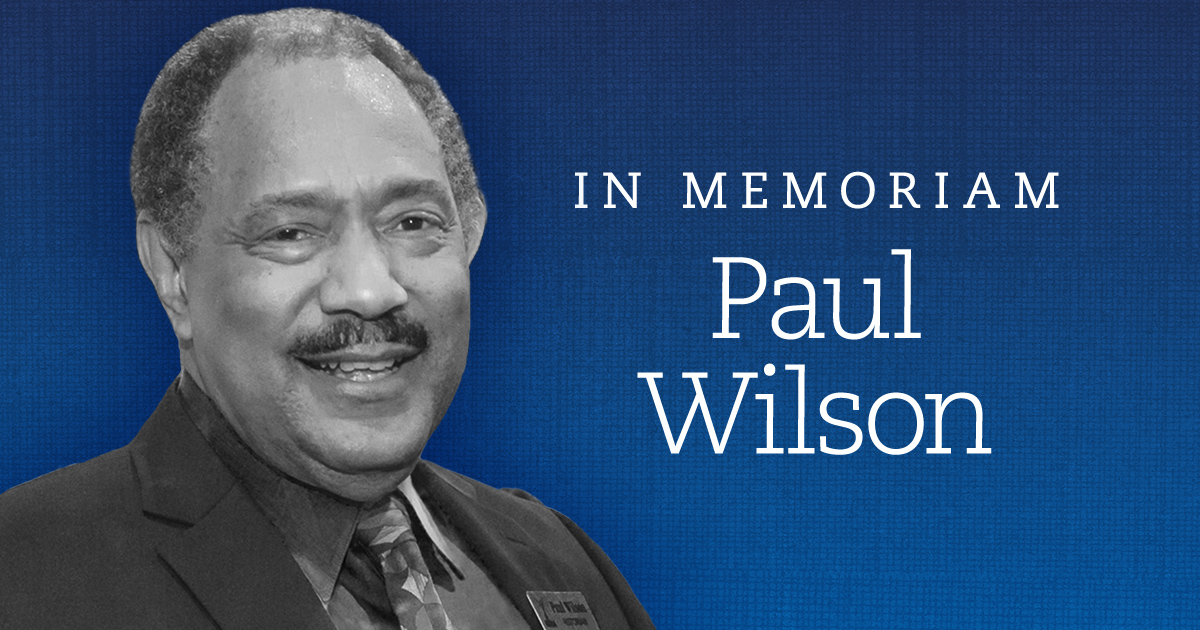By Chantell Cosner, Publications Coordinator for Washington State University’s Administrative Services
As Washington State University students in the Eastern Washington community of Pullman entered the Student Recreation Center on a cold February day, they were met with a large bulletin board filled with colorful, blank post-it notes and the question at the top of the board: “Why do U Rec?” The question was part of a successful self-efficacy campaign that has the potential to be scaled to fit the needs of campus recreation departments across North America.
Responding to trends
Since 2007, UREC has conducted formal surveys of the WSU student body to learn about their recreation preferences and their overall feelings about the Student Recreation Center. The research is gathered as part of an ongoing effort to improve UREC’s programs and services.
Towards the end of each spring, WSU University Recreation (UREC) has historically faced a trend of waning participation numbers in fitness classes and other recreational activities. While many factors—including better weather outside and end-of-year burnout—contribute to this trend, WSU’s UREC Director of Programming Joanne Greene and Director of Facilities and NIRSA member Jeff Elbracht worked with programming and marketing teams to develop a program that attempted to address this trend, as well as provided data for a year-end marketing campaign to increase engagement.
Learning more about the WSU community’s why and the how
After initial brainstorming sessions, the team arrived at the bulletin board concept as a method of gathering insightful data from UREC participants. But the board’s purpose was actually two-fold: we wanted it to serve both as a chance to increase retention and engagement through self-efficacy, as well as to provide a way for UREC to gather qualitative data about why WSU students, faculty, and staff recreate.
Over the course of three weeks, January 19 – February 5, facility users provided answers to three questions—one question each week. The campaign included signage throughout the recreation facilities on campus and in WSU’s student union building. Other elements included social media posts, as well as promotional emails and print advertisements placed in the student newspaper.
The questions asked individuals to share the reasons they participated in campus recreation. These three specific questions were asked:
- Why do you work out?
- How do you play?
- Why do U Rec?
Written on the notes over the coming days, the answers varied from physical wellness to stress relief —things like: “Get in shape for crew!” and “To make myself feel better and improve my mood!” were representative of the overwhelmingly positive responses. Some answers were more lighthearted: “To avoid homework.” or “To listen to my 90’s throwback playlist.” But as students filed past the board each day, we watched as many took an opportunity to write their own answers to the question listed at the top.
Over the three weeks, more than 1,250 total responses were received for the three questions.
After the first phase of research gathering ended, the marketing team developed an end-of-year campaign to encourage students to stay active and engaged through the spring. Signage and messaging remained in place for four weeks after the bulletin board campaign ended, from February 22 from March 21. The messaging was simple, “You have a reason for coming. We give you a reason to stay.” The campaign featured photos of actual notes posted by students.
The kickoff of the messaging campaign period also coincided with NIRSA Recreational Sports & Fitness Day, which helped leverage the campaign message through free fitness programing and social media. To promote awareness, students received a free campaign t-shirt for their first tweets using the hashtag #whydoUREC.
Lessons learned
The fact that participants responded well to the simplicity of the process and the fact that our physical and virtual communities were engaged with the campaign were among the most important takeaways of the bulletin board approach as a method of data collecting. The method provided students with a chance to interact with the board over the course of nearly one month as well as provide very a wide diversity of specific answers to a single question. These outcomes would be lost in a traditional 10-minute survey.
Two key outcomes emerged from the campaign as a whole. First, the campaign led to an increase in social media engagement. Between February 22 and March 4, UREC Twitter engagement—tweets, retweets, and interaction with @WSU_UREC—rose by nearly 50 percent. And more than 60 individuals used the #whydoUREC hashtag to participate in the campaign. For the same period, UREC received an additional 40 likes on its Facebook page.
While we continued to see a decrease in overall facilities usage in March and April, UREC facilities received 3.1 percent more users in January and 23 percent more in February than the 5-year average. The campaign was also a contributing factor in the increase in both UREC facility usage as well as increased participation in spring fitness classes. Registration for spring semester fitness classes rose by 20 percent in the first session (January-March) and 37 percent in the second session (March-May) compared to spring semester fitness class participation in 2015.
Using a bulletin board can be an effective approach to collecting insightful data and can an engaging and low-cost means of better understanding your facilities’ user perspective. Moreover, the approach encourages a sense of community as well as ongoing participation and self-efficacy.
To discover more about WSU’s Student Recreation Center and University Recreation, visit the UREC website. To learn more about having your story featured on the NIRSA website, email NIRSA Communications Coordinator Nazifa Islam.

